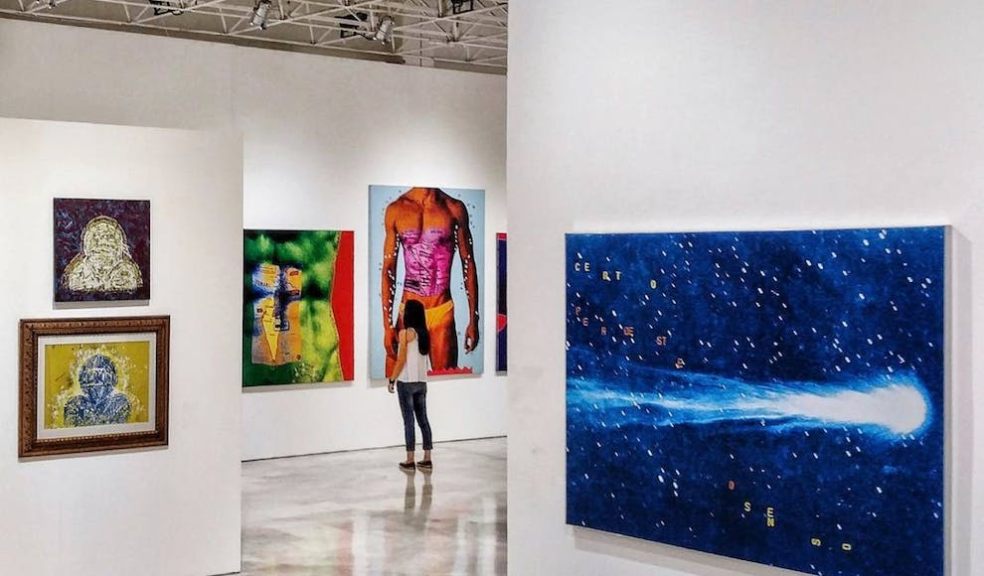
Tips and Tricks for Properly Planning Your First Exhibition
Organising your first art exhibition can be an exciting yet daunting task. With careful planning and preparation, you can ensure your debut show is a success. Here are some tips and tricks for properly planning your first exhibition:
Selecting a Theme or Focus
Having a specific theme or focus for your exhibition gives viewers a sense of cohesion as they move through the space. It also helps you narrow down the selection of works to include. Some ideas for themes include:
- A solo exhibition of your latest body of work
- Artworks exploring a specific concept or topic, like nature or urban living
- Works in a particular medium, such as oil paintings or photography
- Pieces from a certain time period or art movement
Select a theme that allows you to put your best foot forward. If you're an emerging artist, a solo show highlighting your newest works is a great way to introduce yourself to the art world.
Finding the Right Venue
Research venues that are appropriate for the type and scale of works you plan to exhibit. Gallery spaces, art centres, libraries, coffee shops, and pop-up spaces may all present options. Evaluate costs, exhibition policies, marketing support and insurance requirements when selecting a venue.
Aim for a space that provides enough wall or floor space to comfortably accommodate your artworks. Make sure the venue's lighting, layout, and ambience will show off your pieces to their full advantage.
Hanging and Display Considerations
Map out your floor plan early, so you know how to best use the exhibition space. Allow enough room between pieces so that viewers can appreciate each work. Arrange artworks with adequate breathing room.
Place bolder, eye-catching pieces in prominent spots where they will draw attention. Curate the order and flow in which you want people to experience the show. Your strongest pieces should feature at the beginning and end.
Proper framing and presentation are key for hanging works. Mat your pieces professionally and use sturdy hanging wires to support the weight of the work. Place identification labels next to each piece.
Marketing Your Event
Promote your show through social media, email newsletters, posters and word-of-mouth. Send press releases to local media outlets and invite arts reviewers to preview the exhibition. You can also leave flyers at local businesses, libraries and schools to drum up interest.
If possible, schedule an opening night reception. This gives people a dedicated time to view the works and creates a lively atmosphere to launch your show. Offer light refreshments and have the artist on hand to answer questions.
Consider Adding a Pop Art Flair
If you want to take your exhibition to the next level, consider incorporating elements of pop art into the show's branding and marketing materials. The bold colours and eye-catching aesthetic of pop art can be an effective way to draw attention to your event. For example, you could create pop art-inspired posters or postcards to help advertise the exhibition.
Pop art is all about making an impact through graphic, fun designs. Letting pop art influence your exhibition's look and feel can actually improve your branding and connect with attendees. The playful vibe of pop art can create some buzz and excitement. It shows you have a fresh perspective. So, don't be afraid to take inspiration from masters like Peter Blake and David Hockney - pop art can improve your designs and attract art lovers to your very first show.
Budgeting
Track all your costs and identify potential revenue streams. Factor in expenses like rental fees, advertising, insurance, framing supplies, and refreshments. Price pieces accordingly if they are for sale.
Look for sponsorship opportunities to help defray costs. Local businesses may support the arts in exchange for promotion. Consider small entry fees for special events to boost your budget.
Proper Labelling
Create professional-looking title cards to display next to your works. Include the piece title, artist name, medium and dimensions. Price works subtly if they are for sale. Number the pieces and provide a corresponding list to help attendees identify and locate artworks.
Having an opening night guide sheet is also useful. Give visitors something to take away to remind them of the pieces and prices.
Enjoy and Reflect
On opening night, try to relax and soak in the experience. Chat with attendees to gain feedback about your exhibition. Take notes on what works and what you could improve next time. Reflect on the successes and lessons learned from organising your first show.
With thoughtful curation, savvy marketing and attention to detail, your art exhibition can impress audiences and invigorate your practice as an artist. Don't be afraid to start small and build momentum. Use this debut show as a stepping stone as you continue to grow and exhibit your artistic talents.

















